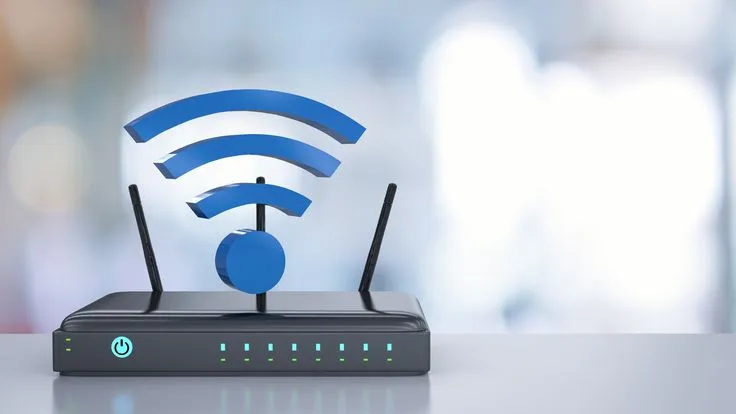
Wi-fi Connection Setup
Setting up a WiFi connection involves several steps to ensure reliable and secure connectivity across devices. Begin by selecting a suitable WiFi router that meets your speed and coverage needs. Place the router in a central location for optimal signal distribution throughout your home or office.Next, connect the router to your modem using an Ethernet cable and power on both devices. Access the router's settings through a web browser by entering its default IP address (usually found on the router's label) and login credentials (often admin/admin or admin/password).
In the router's interface, configure basic settings such as network name (SSID) and password. Choose a strong password to secure your WiFi network against unauthorized access.Adjust advanced settings like WiFi channel and bandwidth allocation to optimize performance in crowded WiFi environments. Enable WPA2 encryption for enhanced security.

 Green Technologies
Green Technologies Sustainable Practices
Sustainable Practices Carbon Footprint Reduction
Carbon Footprint Reduction Wi-fi Internet Success
Wi-fi Internet Success
Finally, connect your devices (laptops, smartphones, tablets, etc.) to the WiFi network using the SSID and password you configured. Test the connection across different areas to ensure coverage meets your expectations.Regularly update router firmware and periodically review settings to maintain optimal WiFi performance and security.
